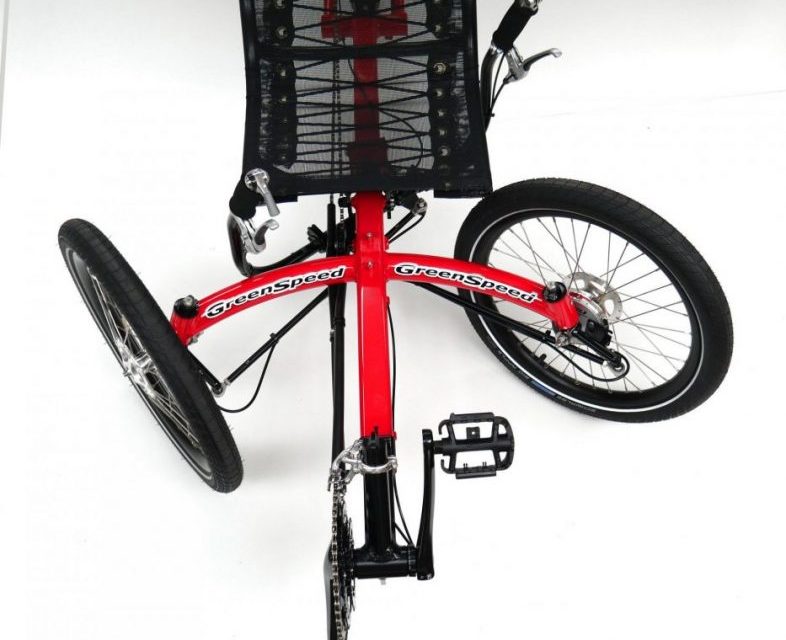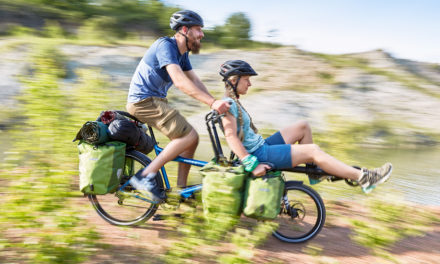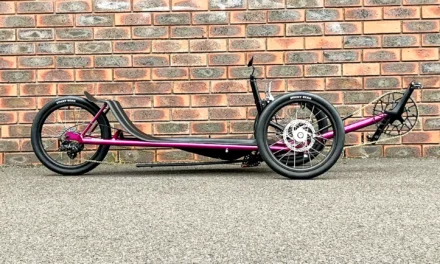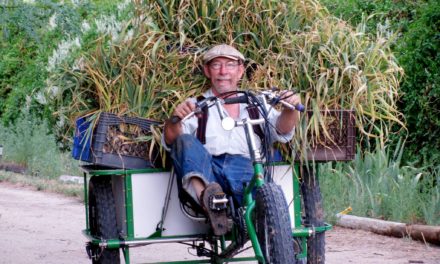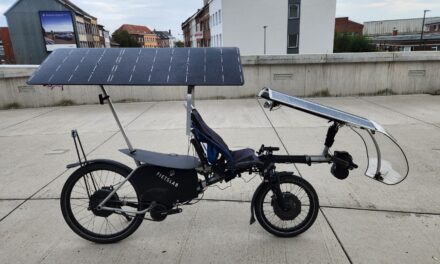Tadpole trikes
Tadpole trikes all perform their best when you relax in the cockpit and develop a “de-gripify” approach to the handlebars. These trikes all have a degree of self centering when rolling down the path so there is no need to aggressively “control” the cycle.
That said, there are differences in style and feel (my car has 4 wheels and your car has 4 wheels but they don’t drive the same). This article looks at these differences from a riders perspective with examples from the main industry players.
All worthy trikes employ Ackermann geometry.
Direct steering
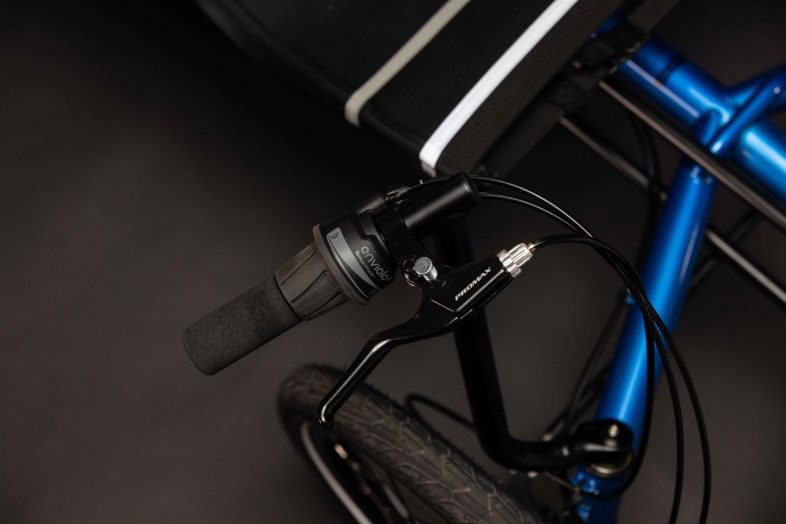
TERRA TRIKE
With horizontal handlebars, your elbows will be in the “out” position. This arrangement is most like an upright bike hand position, so is the most familiar to the new rider. No wrist rests are required as you are resting the hands on the grips. Steering by pressing on the right grip to turn left and left to turn right is the best technique, effort is modest, tracking is naturally centered. The tightest turning circle. Frequently, a Terratrike is chosen because the handlebar position is most like a traditional upright bike.
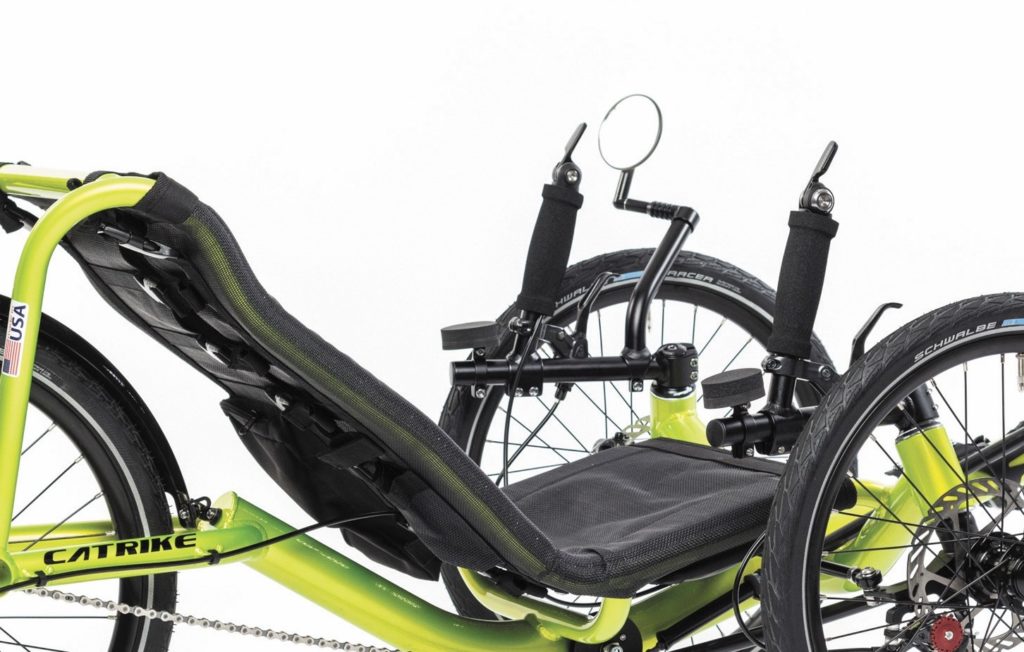
CATRIKE
Vertical handlebar. With vertical handlebars, your elbows are in a down position. Strong centering bias the faster you go. The standard wrist rests are intregal to the steering technique. Relax on the rests, no/low grip on the bars, steer by pushing the right grip to turn left, pushing the left grip to turn right as open handed as possible.
When a Catrike is chosen, the rider finds the higher effort steering more secure in feel than indirect. When rejected, it is for the same higher effort, most particularly when an adaptive need is present. There is a tiller or arc movement in the handlebar trajectory as one steers.
Indirect steering
Indirect steering is a low physical effort system with vertical position handlebars. You can pull or press on the handlebars or a combo to steer the trike. Wrist rests help to reduce grip tension and make you even more relaxed on the trike. Low physical movement is required to steer.
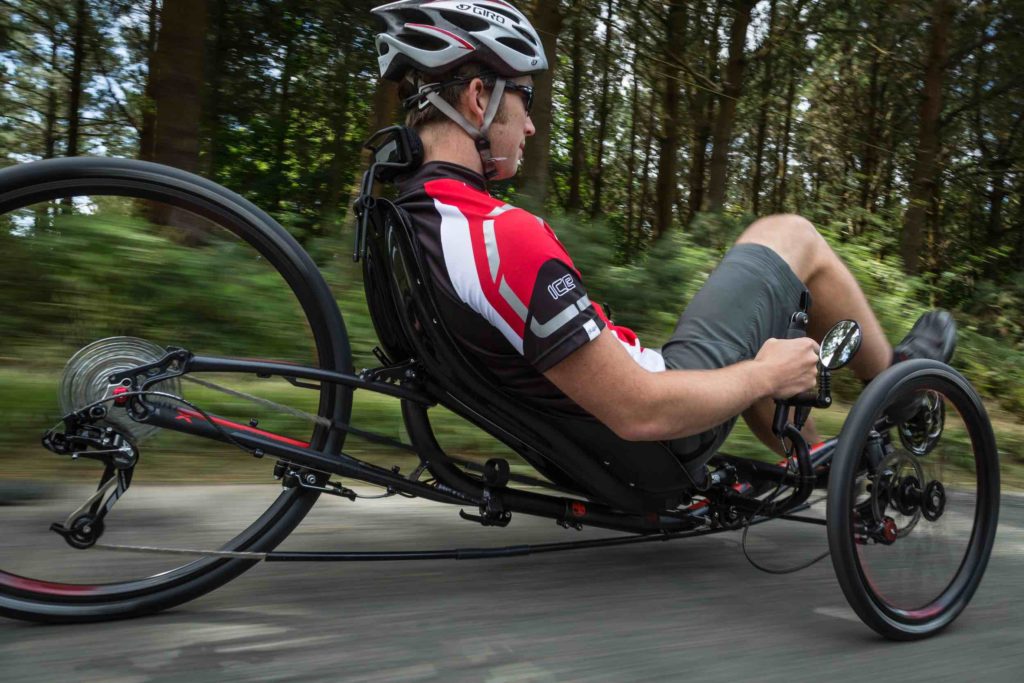
ICE TRIKES
ICE trike’s are the most neutral linkage steering system across the range of input. No increase in effort when turning deeper into a corner.
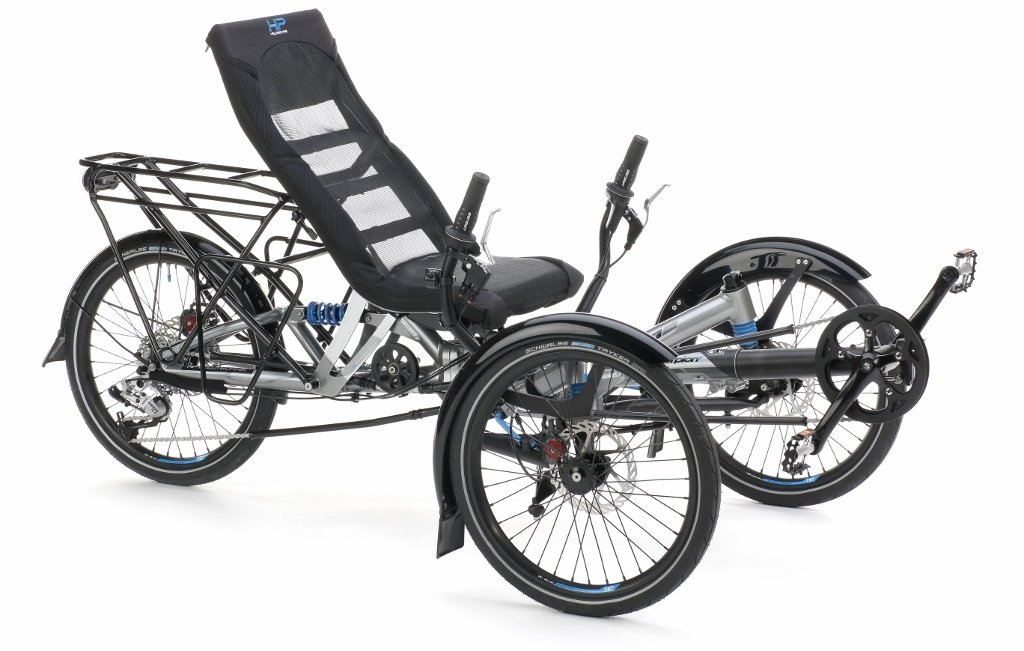
HP VELOTECHNIK
Will speak particularly to the Scorpion FS here. Steering is very similar to the ICE in general feel, the difference is a gradual increase in effort as you turn in deeper. When people choose a Scorpion FS they get impressed by the suspension to the point where they don’t remark on the steering separately. It’s like “steering-suspension” is one word.
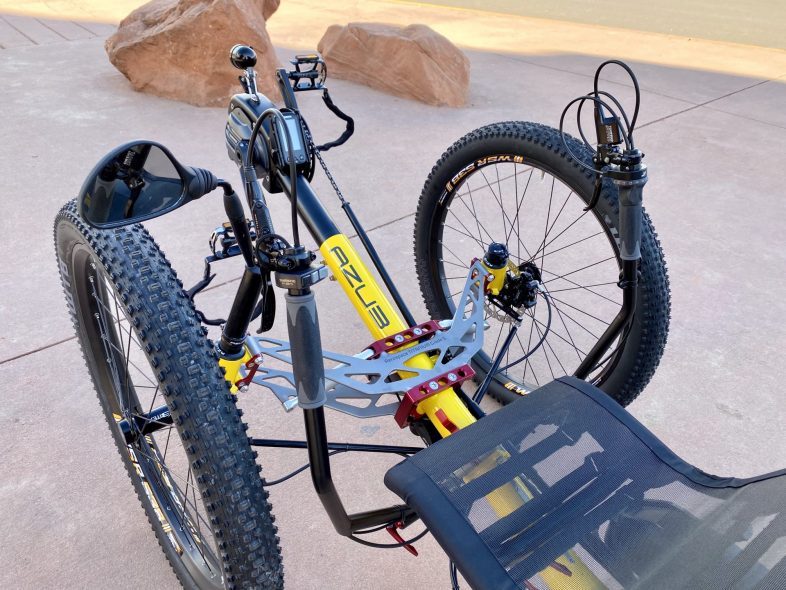
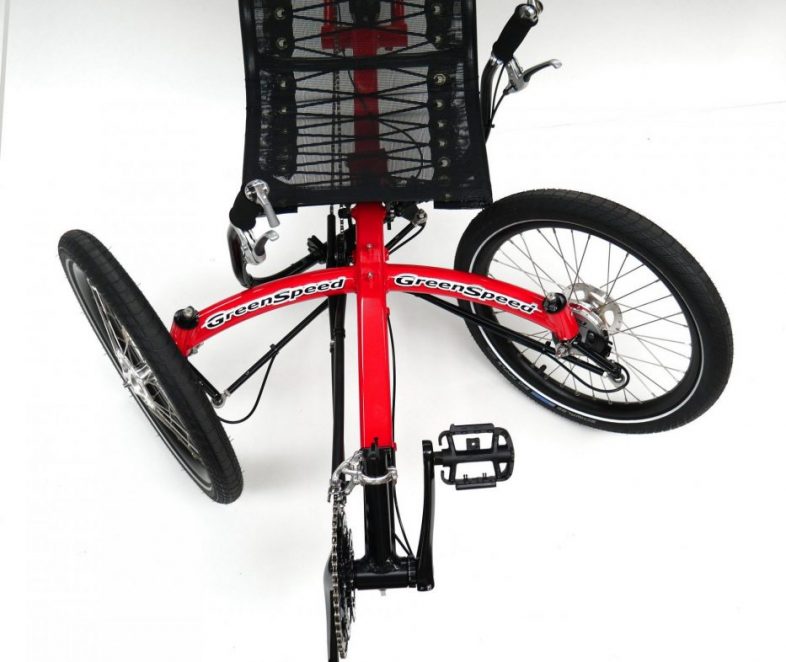
AZUB & GREENSPEED
AZUB and GreenSpeed have the usual low effort, self centering characteristics of indirect with a difference:
The AZUB is lighter effort on center and then as you steer deeper, there is a progressive rise in effort. GreenSpeed systems are also lighter effort, yet naturally center and are secure at speed.
These two brands are frequently chosen by newbies and experienced riders alike for their more nuanced steering feel.
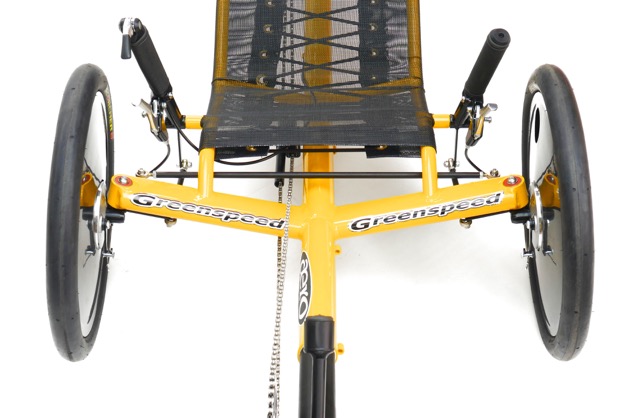
GREENSPEED AERO INDIRECT STEERING VARIATION
GreenSpeed Aero. For the purpose of ultimate aerodynamics on this trike the handlebars pivot fore and aft so your body stays absolutely neutral to the wind. I can still hear a recent client laughing with joy over his Aero’s steering characteristics.
Delta trikes
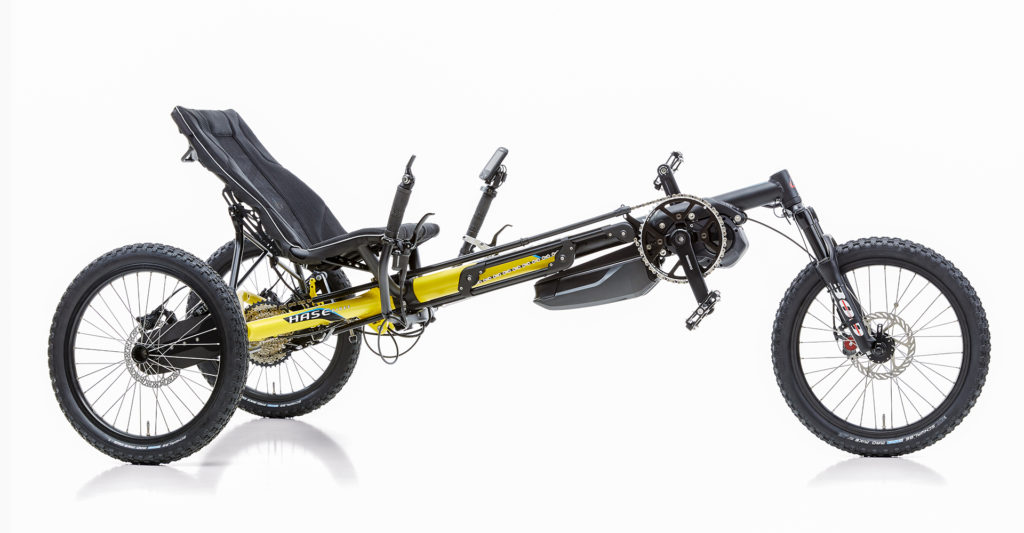
HASE BIKES
Delta trikes are long wheelbase designs with 2 wheels in the back, one wheel in the front. In the preferred underseat steering format, steering is indirect. You want the differential option for the rear for driving both rear wheels. With single wheel drive, delta’s “hunt” climbing hills toward the opposite side of the lane from the driving wheel. Entry and exit from the trike is easier on a delta over a tadpole as there is no frame structure in the way, just turn the handlebars and enter.
It is generally said that tadpole’s are more stable into a fast corner over a delta as there are 2 wheels in the spaces that are loaded while cornering. The one exception to this is the HASE Kettwiesel where the cambered rear wheels, lower seat position and placement of the body more toward the rear axle gives this trike excellent traction, and it has very good stability. As you can see from the above picture, the Shimano STEPS version places the battery and motor forward to remedy the usually lightly loaded front wheel of a delta with a secure grounded dynamic.
Adaptive
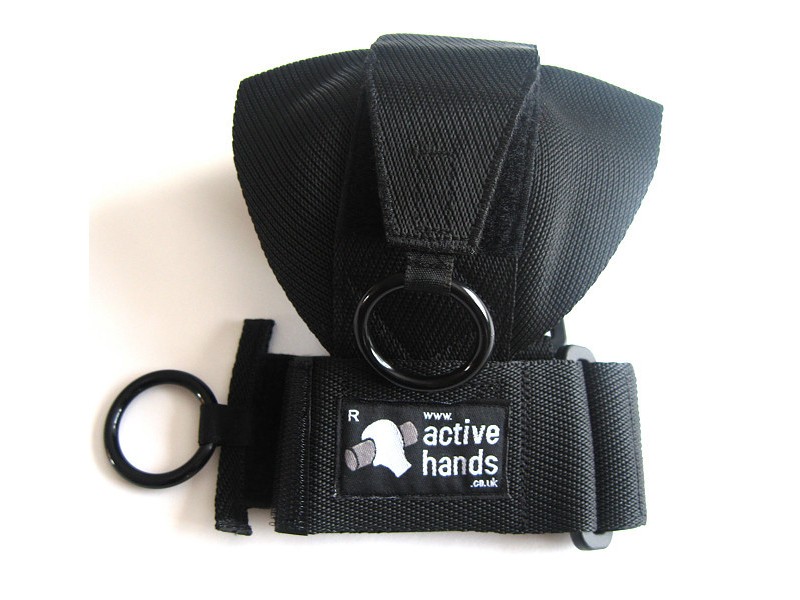
If you have no grip or reduced grip or weakness on one side, that side has an important part to play in control of your trike. Anchoring that hand to your grip with an ActiveHands glove will provide a stabilizing influence.

